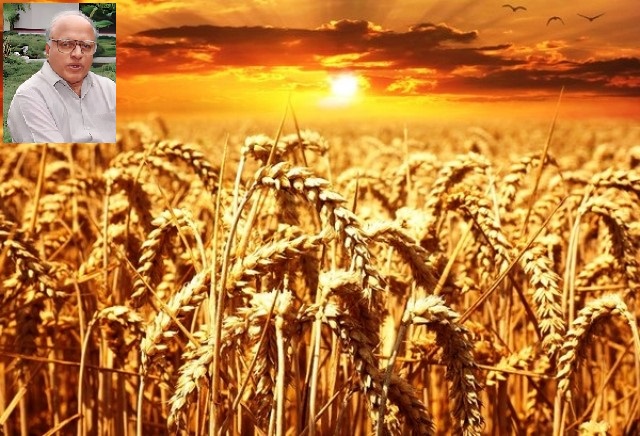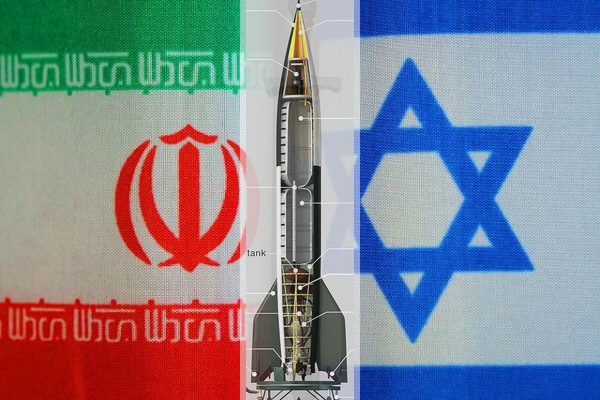
From Ship-to-Mouth to Food Grains Surplus
Importance of agriculture in India with a population of over 1.4 billion cannot be overemphasised. Besides the challenge of feeding such a large population and improving the nutrition level of masses, India has emerged as a significant exporter of food and cash crops. Food security consideration beside, agriculture and allied sector engages as much as 54.6 per cent of the country’s total workforce. Moreover, the sector has a share of 18.6 per cent of India’s GVA (gross value added).
The story of Indian agriculture is one of transition from “ship to mouth” in the 1960s to self-sufficiency in two principal cereals rice and wheat by the mid-1970s, thanks to the introduction of high-yielding varieties that enabled farmers across the country to raise yield and contribute to food security. The scientist who played a sterling role in ushering in green revolution through his seminal work in agricultural research, institution building and providing inputs for policy formulation backed by the government was Professor MS Swaminathan, who died at 98 on September 28. He also had intellectual and idea support of Nobel Peace Prize winner Norman Borlaug.
Paying tributes to Professor Swaminathan, Prime Minister Narendra Modi said: “His pioneering work has turned India from a food-deficient country into a self-sufficient nation. This tremendous achievement earned him the well-deserved title of Father of the Indian Green Revolution… Five decades after the green revolution began, Indian agriculture has become far more modern and progressive. But, the very foundation laid by Professor Swaminathan can never be forgotten.”
Pertinence demands recalling what Borlaug said about Professor Swaminathan in 2007: “To you, Dr Swaminathan, a great deal of credit must go for first recognising the value of Mexican dwarfs (wheat seedlings). Had this not occurred, it is quite possible that there would not have been a Green Revolution in Asia.” In a way, therefore, Professor Swaminathan was the inspiration for green revolution in Asia.
The proof of remarkable progress in the farm sector was India becoming the only country in the world to give free ration to 800 million people during the Coronavirus pandemic. Further, in a major support to the poor, New Delhi has decided to give food grain free of cost for a year till December 2023 to 813.50 million people under the National Food Security Act (NFSA) at a cost of around Rs2 lakh crore. This has now been further extended for another five years.
India is able to undertake a humanitarian programme of this scale because of multi-pronged farm sector supportive measures that are being regularly upgraded, countrywide protests by farmers playing a major role in forcing the government to do so. What has particularly incentivised farmers is the package that includes, among other things, minimum support prices fixed at 1.5 times of all-India average cost of production since 2018, continued growth in institutional credit to agricultural sector, introduction of agriculture infrastructure fund and post-harvest support to farmers. No wonder then, the sector supportive policy measures and incentives for farmers enabled the country to achieve a record food grain production of 329.68 million tonnes in 2022-23, up 4 per cent or 14.1 million tonnes a year ago. This happened despite climate change challenges.
In the meantime, Modi in a sensible initiative is rapidly taking forward millet (Shree Anna) mission which as it lifts the income of millions farmers, specially in water stressed centres, it will be a cornerstone of nutrition and food security for the countrymen. Shree Anna mission could become a “door to prosperity” for small farmers and Adivasi community, if it continues to receive support from the government at the centre and in sates and private sector food and FMCG groups. “Shree Anna means getting more crops for less water. Shree Anna is a big foundation for chemical-free farming. Shree Anna is a huge help in fighting climate change,” Modi aptly said. Thankfully, the consumption of nutri cereals such as bajra, jowar, ragi and small millets is steadily growing. The country produced 20.5 million tonnes of millets in 2022-23.
ALSO READ: Can Rice Export Ban Bring Down Prices?
Thanks principally to efforts made by farmers and transfer of research results from lab to the field, food grain production has continually improved since 2012-13 when output was 257.1 million tonnes. In fact, 2022-23 production was 30.8 million tonnes higher than the average for the earlier five years. The redeeming feature of Indian farming is that from rice (135.75 million tonnes) to wheat (110.55million tonnes) to pulses (26 million tonnes) are consistently participating in production improvement. In the midst of all these positives, a gnawing concern for the government is India’s high dependence on edible oil imports.
For instance, the country’s imports of edible oils rose from 4.365m tonnes during the oil year 2002-03 (November-October) to 14.193 million tonnes in 2021-22. Explaining the phenomenon, minister of state for food and consumer affairs Sadhvi Niranjan Jyoti says, the “demand for edible oils has been increasing at a pace faster than local production due to population growth and improvement in living standards of people, particularly in urban and semi-urban centres. Annual rise in edible oils demand is around 1 million tonnes.” While it will be only over time that India’s edible oils import dependence now at around 55 per cent of total domestic consumption can be reduced, thankfully during 2022-23, India’s oilseeds production was up 3.39 million tonnes to a record 41.35 million tonnes. But that is not enough.
In attempts to reduce dependence on costly imports, the government has launched National Food Security Mission-Oilseeds (NFSM-OS) in 2018-19 with productivity and production improvement of nine major oilseeds and area expansion of oil palm (incidentally palm oil has the largest share in our import basket) and tea-borne oilseeds. In its Atmanirbhar quest, New Delhi introduced in 2021-22 National Mission on Edible Oil – Oil Palm (NMEO-OP) in order to lift the crop area to 1 million hectares from the present 370,000 hectares.
India, however, is making steady progress in horticulture production. The 2022-23 fruit output at 108.34 million tonnes is ahead of previous year’s 107.51 million tonnes. Vegetables production of 212.91 million tonnes in 2022-23 exceeded the year before output by 3.77 million tonnes. India has a holistic approach to farm sector.
This has ensured the country remaining the world’s largest producer of milk with a share of around 24 per cent of global production. National Dairy Development Board informs that since 2013-14, milk production here rose 61 per cent from 137.7 million tonnes in 2013-14 to 221.1 million tonnes in 2021-22. During this period, daily per capita milk availability improved from 307 gms to 444 gms. At the same time, there is considerable improvement in production of eggs and meat. A leading supplier of meat, dairy and poultry products to the world market, the country earned $4.03 billion from their exports in 2022-23.
(To be continued)
For more details visit us: https://lokmarg.com/
Farm sector has remained a bright spot for the Indian economy. Even while the sector’s share of the country’s gross domestic product (GDP) is around 17 per cent, it provides employment to nearly 58 per cent of working population. Not only have we become more than self-reliant in food grains such as wheat and rice, the allied sectors such as dairy, poultry and fisheries have also made impressive progress. The focus of the government has to be ensure remunerative prices for all agri products. This has to be done in two ways: fixing the right minimum support prices and reforms of marketing where private traders often play mischief. Let there be greater partnerships between farmers and corporates. Unite farmers with small holdings under one roof – collectivisation is not desirable though – to enable them to go for farm mechanisation and procure inputs such as seeds of right quality, fertilisers and pesticides at best possible prices. A good article to read.



